
Confinement
Dogs are confined for 20 to 23 hours each day and barely have enough room to stand up or turn around.

Injuries & Deaths
At tracks across the world, greyhounds routinely suffer broken legs and other serious injuries.
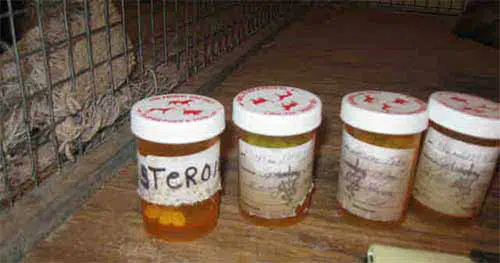
Drugs
Many greyhounds test positive for serious drugs, including cocaine. In the U.S. female greyhound are given anabolic steroids to prevent the loss of race days.

“4-D” Meat
Dogs are fed meat from downed animals to reduce costs, despite warnings that it is a potential health hazard.
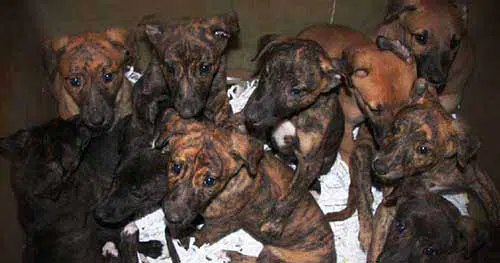
Breeding & Tattooing
Tens of thousands of greyhounds are bred each year worldwide for an industry that is cruel and inhumane.

Cruelty Cases
Hundreds of cases of greyhound cruelty and neglect have been documented worldwide.
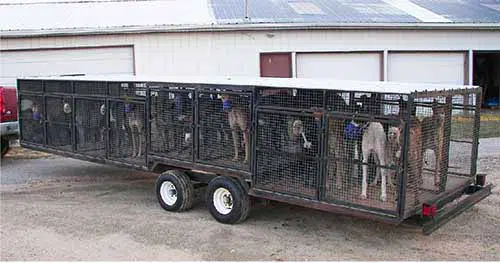
Transportation
Greyhounds are often hauled long distance to commercial tracks, and dogs sometimes die while in transit.
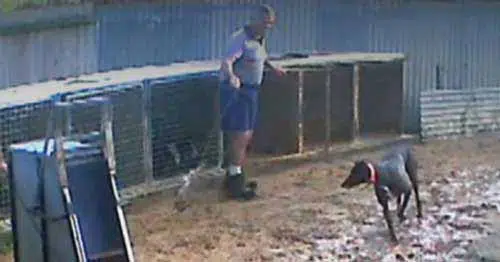
Live Lure Training
Small animals like rabbits, possums and baby pigs are killed to train greyhounds.
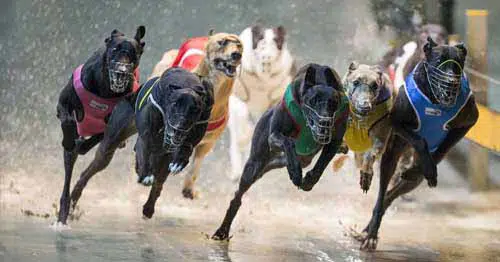
Extreme Weather
Greyhounds race year-round at some racetracks - on the hottest days of summer and the coldest days of winter.
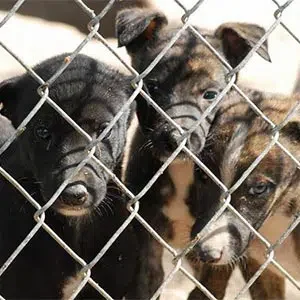
Stay up to date and learn how you can help.